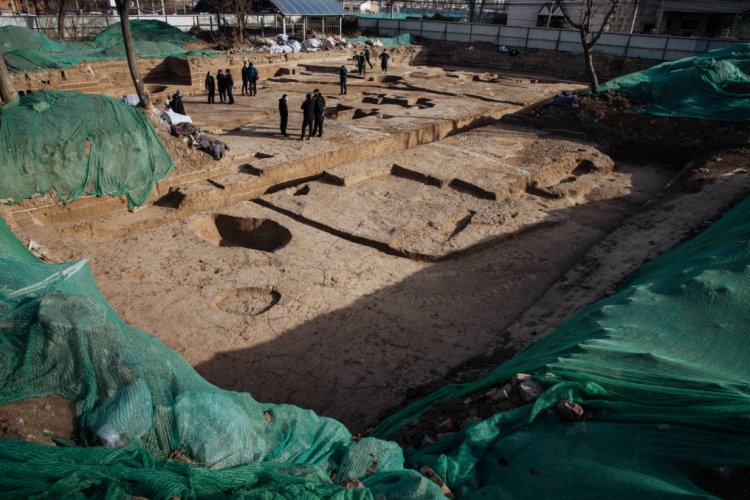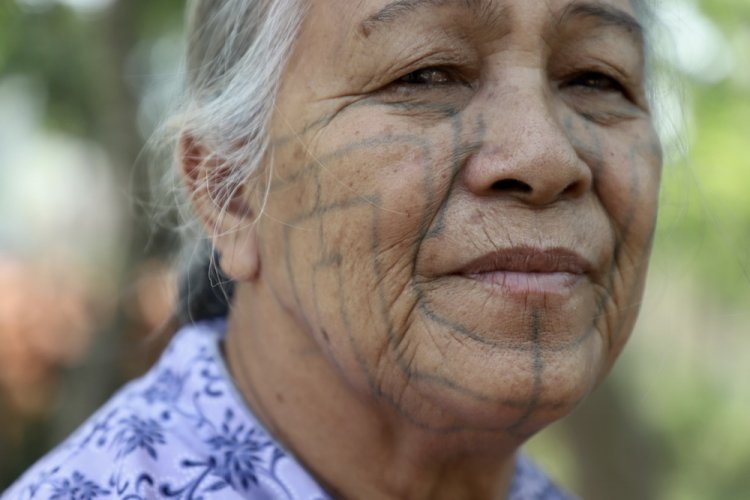Over 1,000 Ancient Tombs Discovered at Construction Site in Tongzhou
Construction workers building Beijing’s future have instead stumbled onto a bit of the city’s past.
Over 1,000 ancient tombs have been unearthed by construction crews working on Beijing’s new administrative center in Tongzhou.
At a press conference held late last month, officials from the Beijing Municipal Administration of Cultural Heritage announced that more than 10,000 cultural relics, including pottery, porcelain, and bronzes were recovered from 60 separate sites over the past year.
The artifacts date from as far back as the Warring States era, when two kingdoms Yan and Ji had capitals in the area that is today Beijing, down to the 19th century.
In addition to the tombs and artifacts, researchers also believe they may have discovered ruins from when this area served as a regional capital during another period of disunity, this one occurring in the 10th century AD. Archaeologists have uncovered the remains of a moat and a city wall measuring just over 600 meters (1,900 feet) in circumference.
While the current city is mostly a product of the Yuan (1276-1368) and Ming Dynasties (1368-1644), the area around Beijing witnessed the rise and fall of a number of cities and urban cores dating back to 1045 BC.
The Municipal Government plans to build a “subsidiary administrative center” for Beijing in Tongzhou as part of the Jing-Jin-Ji project. That project will merge Beijing, Tianjin, and areas of Hebei province into a single administrative unit with a population of between 80-100 million.
Building projects frequently uncover relics and historic sites. One of Beijing’s first modern megaprojects, the Oriental Plaza, ran into delays in 1996 when over 2,000 tools and bone fragments were uncovered by workers. A compromise plan to preserve the ancient artifacts in an onsite basement museum cleared the way for the mall’s completion.
Photo: english.cctv.com







